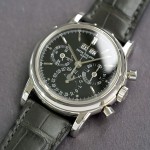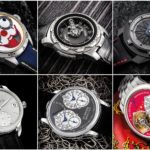Highlights: Complications on Bracelets at Christie’s Hong Kong
A rare showcase on precious-metal bracelets.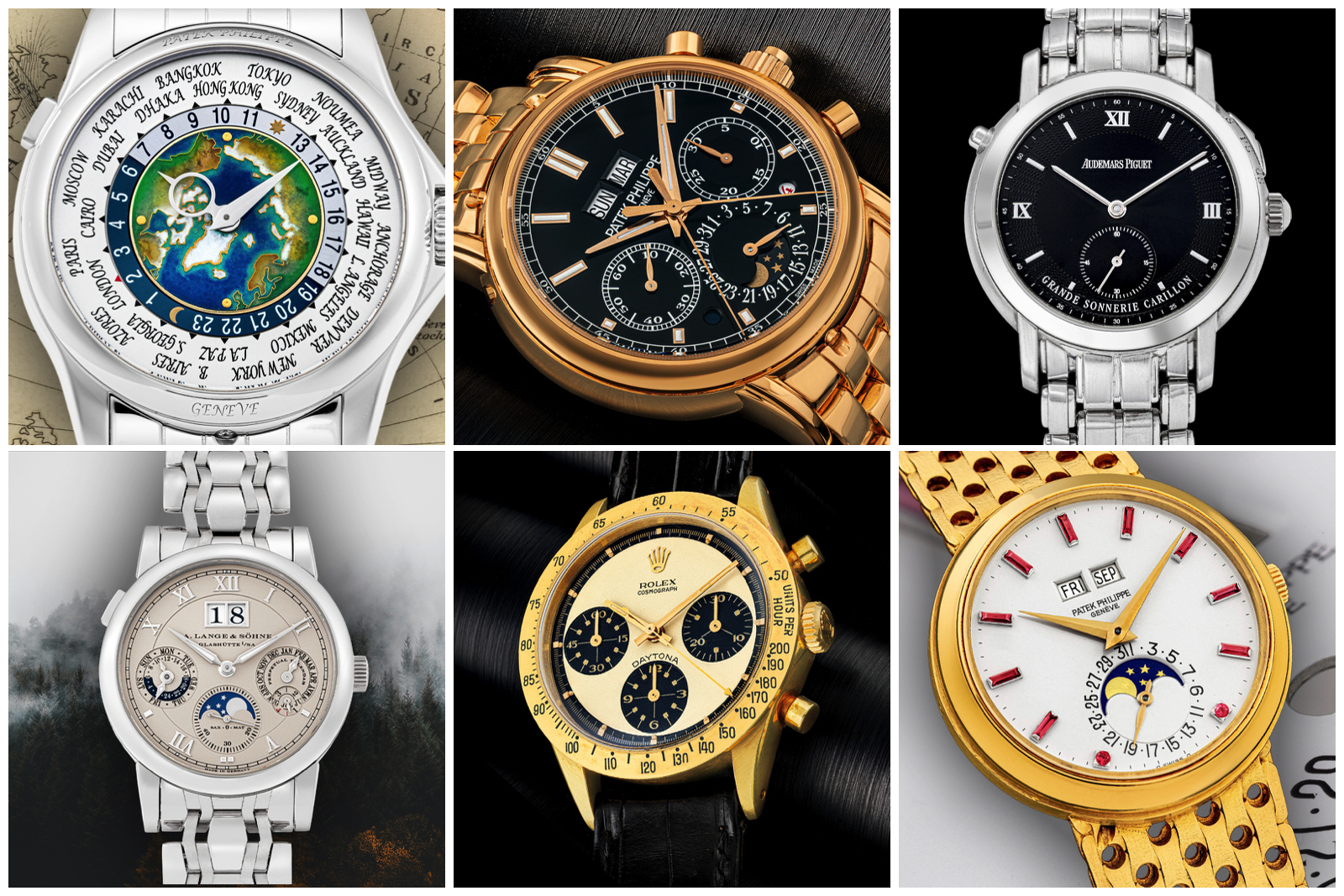
The uniform of high complications almost invariably includes a leather strap; a metal bracelet remains an uncommon pairing with, say, a grande sonnerie. Christie’s upcoming Hong Kong auction, however, brings an unexpected abundance of complicated watches on bracelets for collectors who prefer metal, including notable examples from Patek Philippe and A. Lange & Söhne.
This season’s sale is anchored by two major private collections, most prominently the second part of The Chronicle Collection, the first half of which was dispersed earlier in the spring. The consignor began collecting in the 1990s, a fact reflected in the depth of neo-vintage highlights throughout the catalogue.
Lot 2442 — Patek Philippe ref. 3448⁄8 with Possibly Unique Ruby Dial
The Patek Philippe ref. 3448 was the first self-winding perpetual calendar produced in series. According to movement numbers, it is likely 586 were made in total — this lug-less example was one of the first made.

Beyond its historical interest, the ref. 3448 is underpinned by one of – if not the – most beautiful automatic movements ever made: the cal. 27-460 Q. Looks aside, it was one of the most technically competent automatics of its era, with an overcoil hairspring, free-sprung balance, and bi-directional winding using a cam and pawl system. Atop this worthy base calibre, the ref. 3448 adds the iconic windows perpetual calendar by none other than Victorin Piguet.
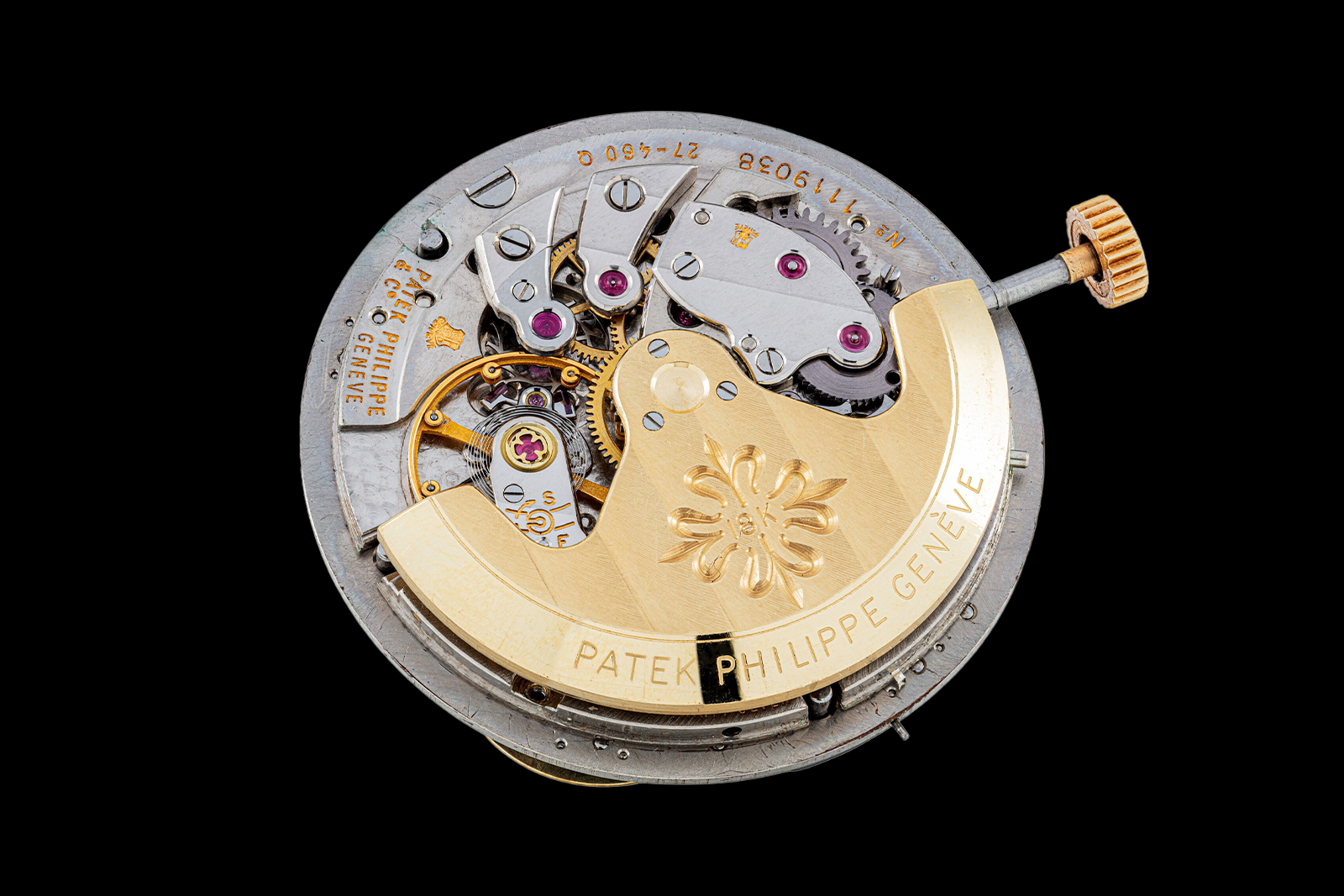
The ‘/8’ in ref. 3448/8 suffix denotes the style of bracelet, which Patek Philippe sourced from a jewellers in Pforzheim or Vicenza according to Christie’s. Both cities remain important sources of precious metal bracelets to this day; Patek Philippe’s modern chain-style bracelets are made in Pforzheim by Wellendorff – remember that name. Unfortunately, bracelets of this sort cannot be (non-destructively) resized, though the “ladder” style clasp allows for some adjustment.

While the watch was born with a normal dial, Patek Philippe exchanged it for the present gem-set dial at the owner’s request in 1991. While almost unthinkable now, Patek Philippe reworked a number of ref. 3448s at the behest of important collectors. For example, another ref. 3448 had its yellow gold case exchanged for a platinum one, and a sapphire-index dial installed in 1997.

Today, most collectors profess a strong preference for originality, though that will go right out the window in this case. The estimate is a conservative HK$2.0-4.0 million (~US250,000-500,000). For context this watch sold for HK$1.5 million the last time it appeared in 2008.
Lot 2493 — Patek Philippe ref. 5136/1J-001
At first glance the ref. 5136 appears to just be a bracelet-borne ref. 3940, but it is actually a completely different watch. While the ref. 3940 is famously slim – under 9 mm – the ref. 5136 is over 2 mm taller to accommodate a bracelet, with a much larger crown to match.
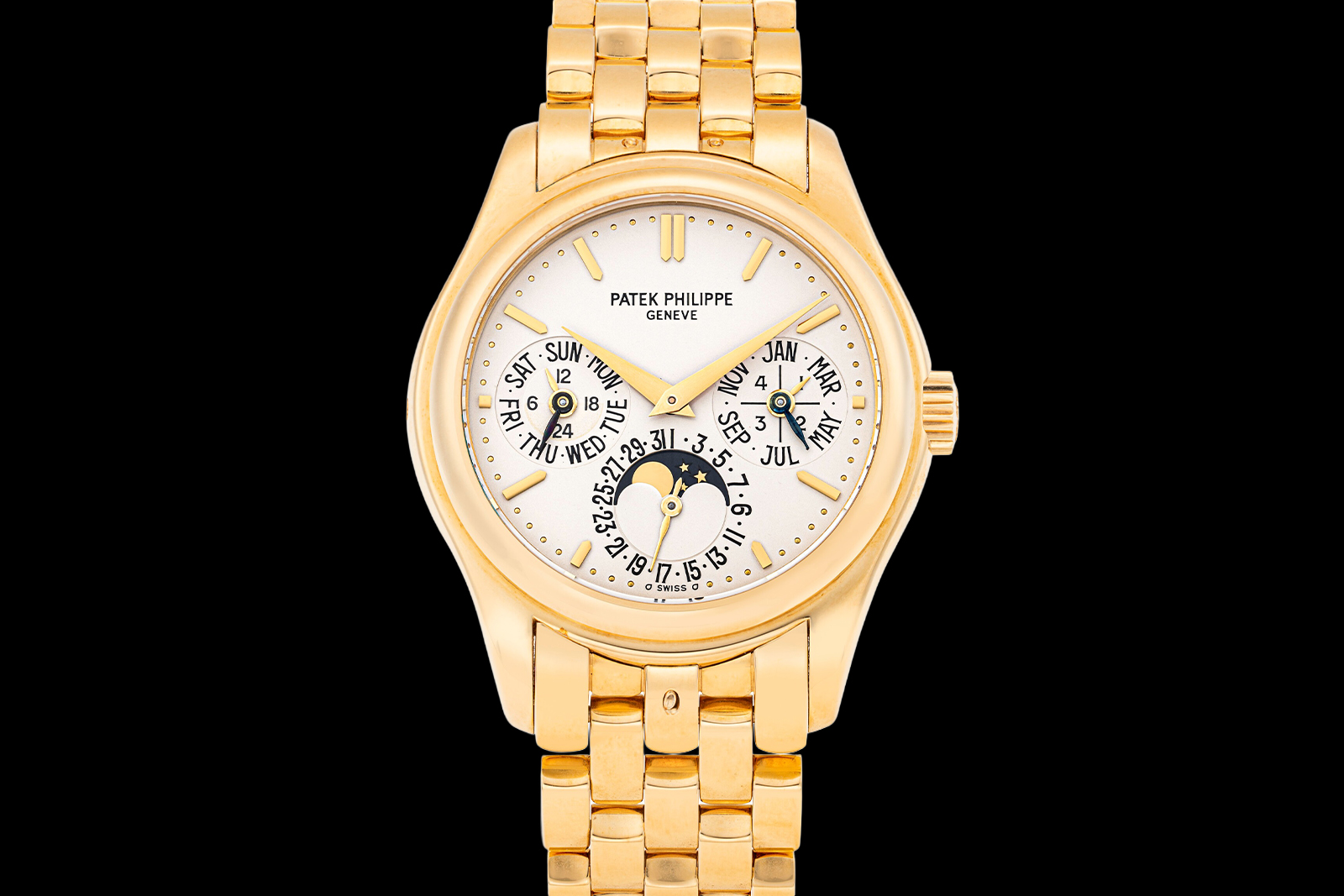
The “brick” bracelet is surprisingly substantial, and more in line with sports watch bracelets. The end links include extenders for the pin-pushers in the case band, allowing the perpetual calendar to be set without removing the bracelet.
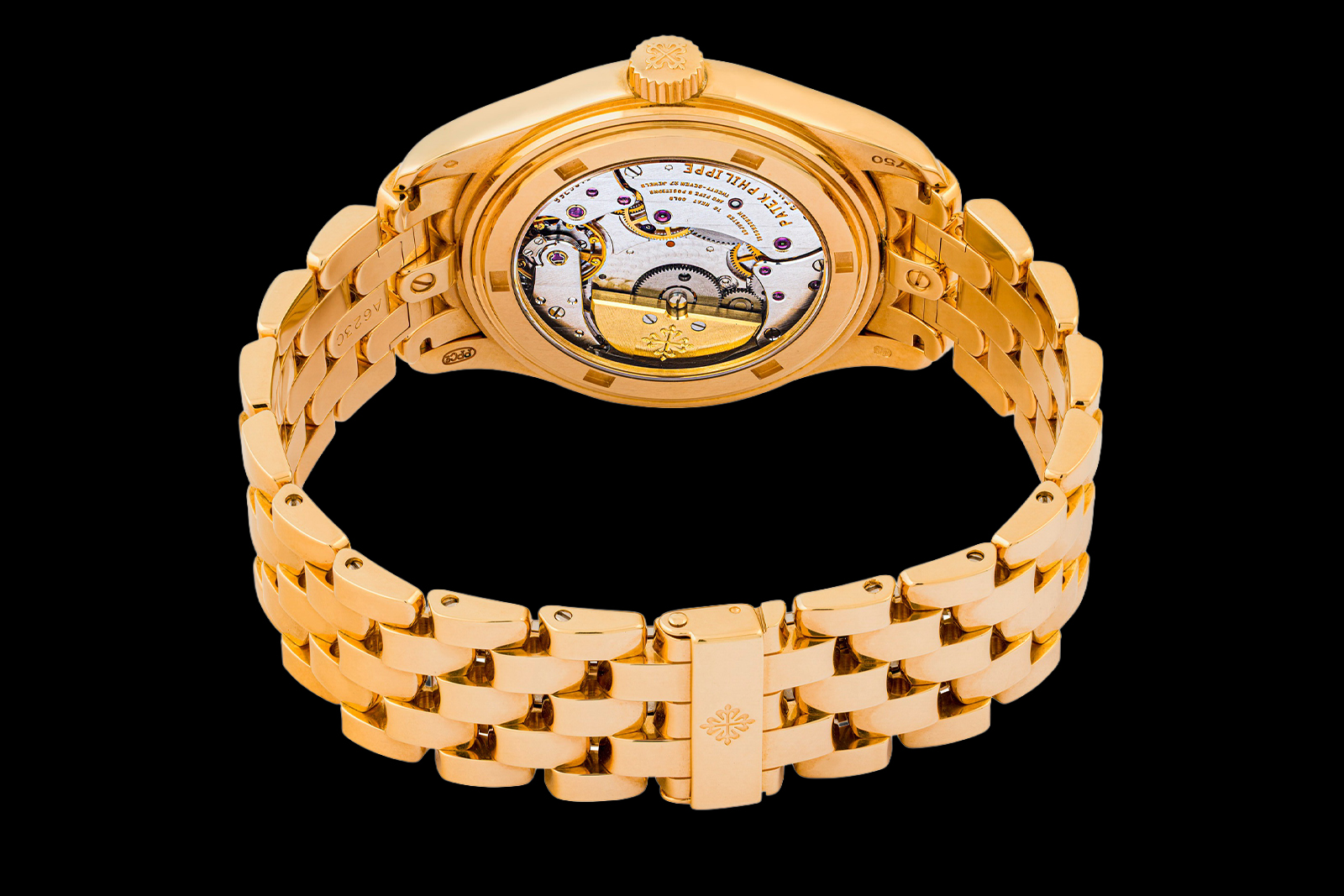
The yellow gold ref. 5136 carries an estimate of HK$240,000-480,000 (~US$30,000-60,000).
Lot 2494 — Patek Philippe ref. 5136/1G-001
Also on offer is the same reference in white gold. While the dial takes after the ref. 3940’s dial, the lettering is noticeably heavier, a detail that pairs well with the more robust case. In a way, the ref. 5136 was something of a prelude to Patek Philippe’s first (and only) perpetual calendar sports watch, the ref. 5740.
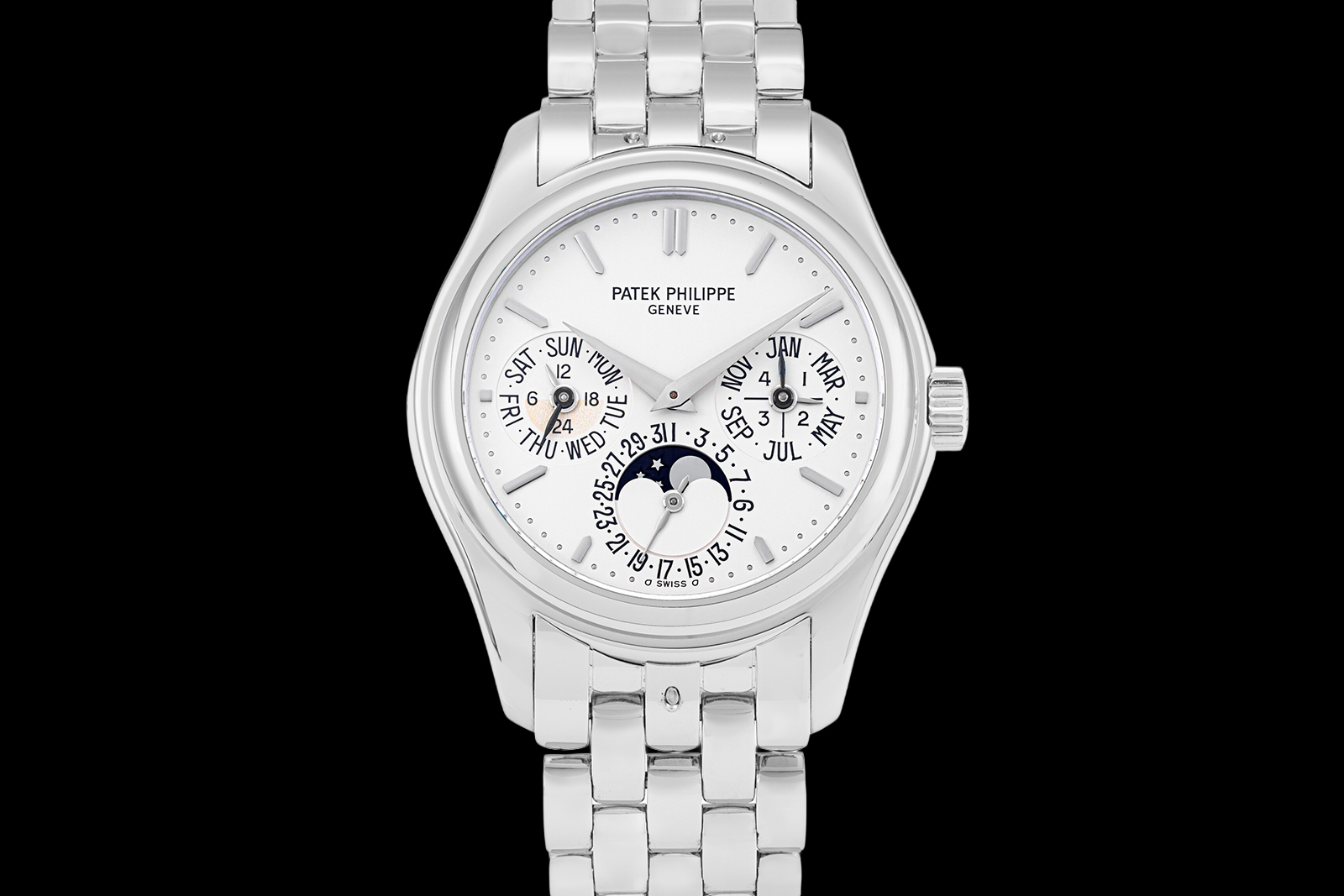
Inside is Patek Philippe’s slim workhorse cal. 240 Q micro-rotor automatic, which debuted in the ref. 3940 but still powers multiple references in the current catalogue, including the Nautilus perpetual calendar.

The estimate stands at HK$240,000-480,000 (~US$30,000-60,000), the same as its sibling in yellow gold.
Lot 2463— A. Lange & Söhne Langematik Perpetual on Wellendorff Bracelet
A. Lange & Söhne’s first automatic movement, the Sax-O-mat, is arguably its best – “Sax” for the state of Saxony and “mat” meaning automatischer, while the “O” refers its most unusual feature.
When the crown is pulled out to set the time, the seconds hand immediately resets to zero, using a hammer and heart cam. The zero-reset seconds has since become a Lange signature, found in several models, and remains an unusual feature in the wider landscape.

From the back, the movement’s most distinctive feature is the off-centre 3/4 rotor, which is one of the most decadently constructed winding masses in the industry – solid 21k gold with a platinum weight along its perimeter.
Launched in 2001, the Langematik Perpetual was the young brand’s first attempt at a perpetual calendar. It combines the Lange outsized date with a precision moon phase and a quick correction system that painlessly advances all the calendar indications in sync.
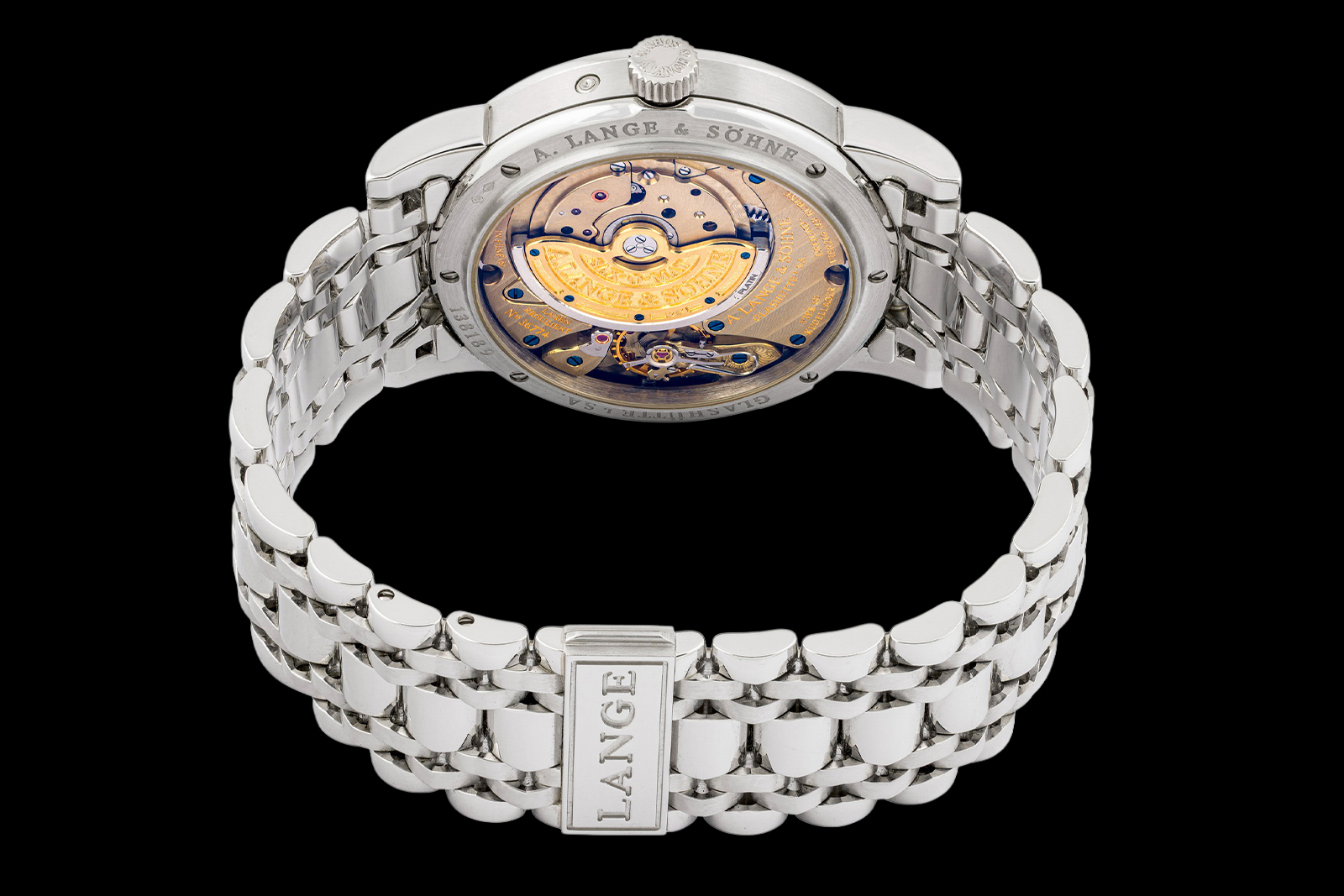
But what makes this example even more special is the exquisite platinum bracelet made by Wellendorff of Pforzheim. While Wellendorff continues to manufacture watch bracelets, the relationship with Lange ended over a decade ago, which makes these bracelets even more sought after. And this particular style is the most attractive of all the Wellendorff bracelets – at least to me.
An estimate of HK$480,000 – 950,000 (US$60,000-120,000) is quite reasonable for an example of this outstanding reference, which broke new ground for Lange and for the broader category of perpetual calendar wristwatches.
Lot 2581 — Patek Philippe ref. 5204/1R-001
Lost in its predecessor’s shadow, the ref. 5204 is among the best modern watches from Patek Philippe. Unlike the Lemania-based movement in the ref. 5004, the cal. 29-535 PS Q inside the ref. 5204 was built from the ground up to be a perpetual calendar split-seconds chronograph, making it more polished and reliable than the ref. 5004 – at least according to its maker.
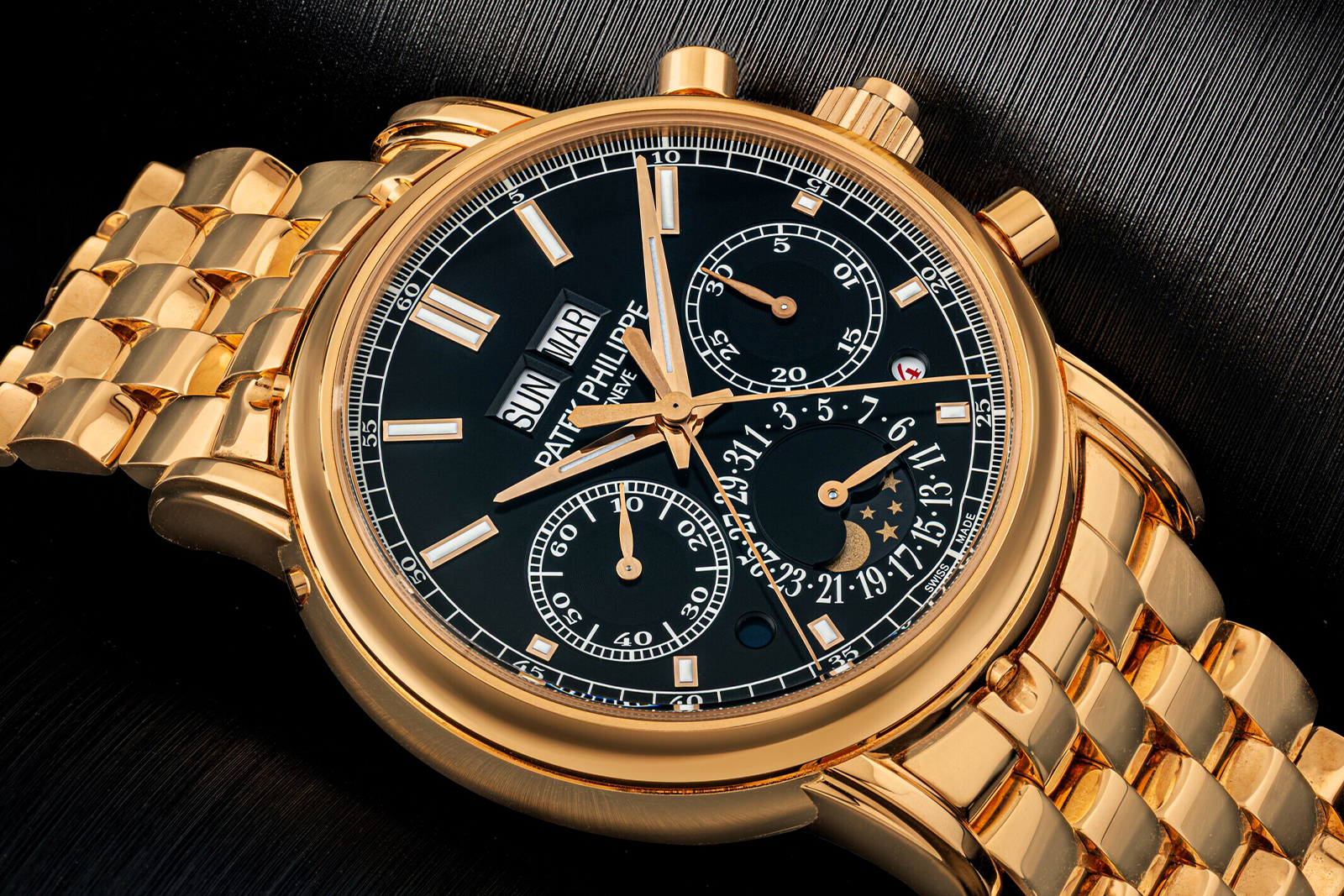
Despite the reverence the rattrapante enjoys today as a high complication, it can be made in a way that is quite simple mechanically and amenable to mass production. However, Patek Philippe’s rattrapante is another matter entirely. In most split-seconds, balance amplitude decreases when the hands are split. Patek Philippe’s, however, uses a sophisticated isolator system, which completely negates this issue.
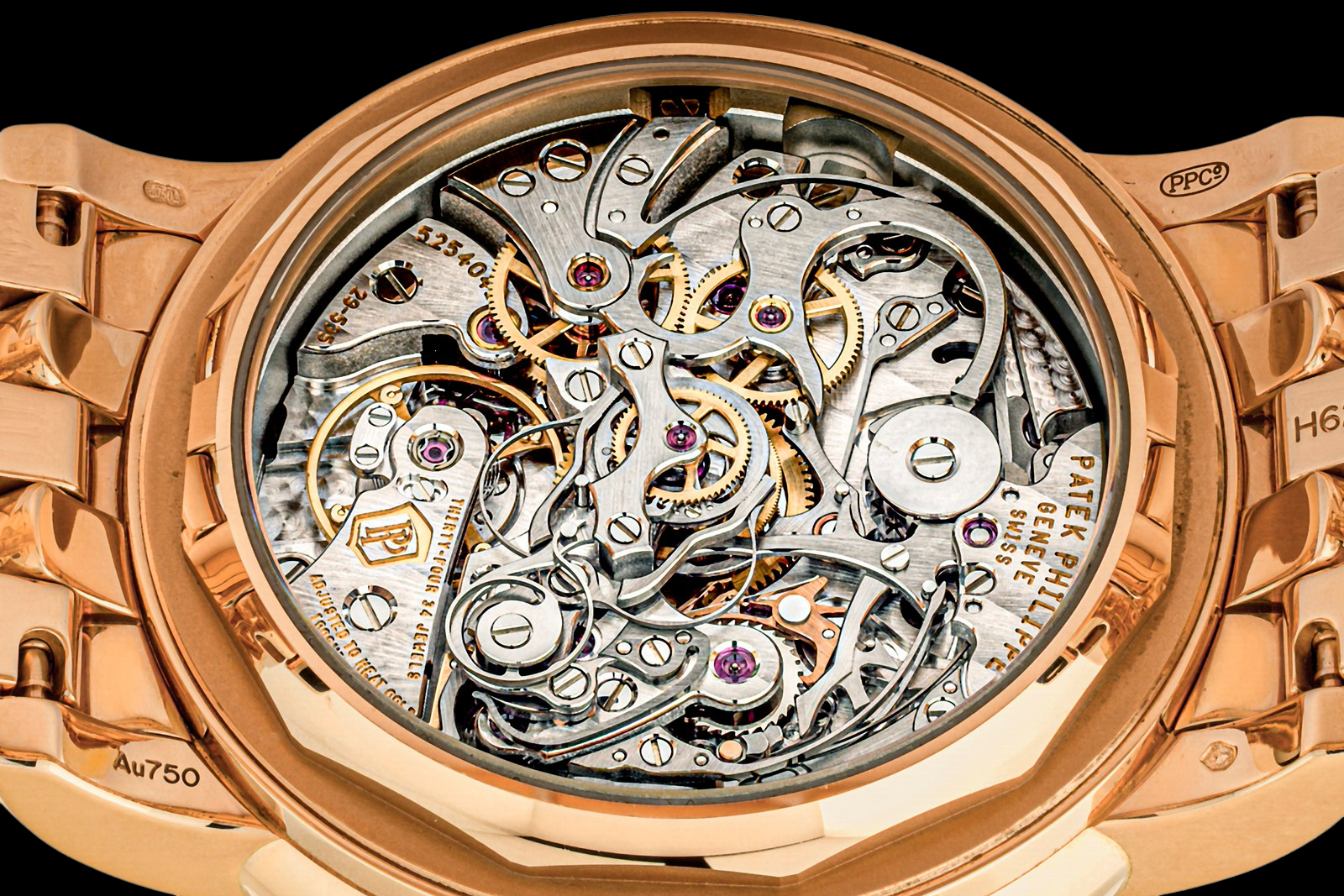
Unlike the ref. 5004, Patek Philippe offered the ref. 5204 on a bracelet as a regular production model, though only in rose gold, only for a few years, and only for the brand’s preferred clients. The bracelet suits the watch, which takes inspiration from the famed ref. 2499 with a concave bezel and fluted lugs.
The market has yet to fully recognise the substantive quality of the ref. 5204, so the estimate is just HK$1.2 – 2.4 million (US$150,000-300,000), well below any of the (many) ref. 5004s in the catalogue.
Lot 2560 — Patek Philippe ref. 5131/1P-001 World Time with Cloisonné Enamel Dial
Patek Philippe was once in the habit of seeing off aging models with a platinum iteration prior to replacement, the most famous examples being the ref. 5070 and 5170. The ref. 5131 was in production for twelve years, and the platinum swan-song iteration was introduced three years before its discontinuation.
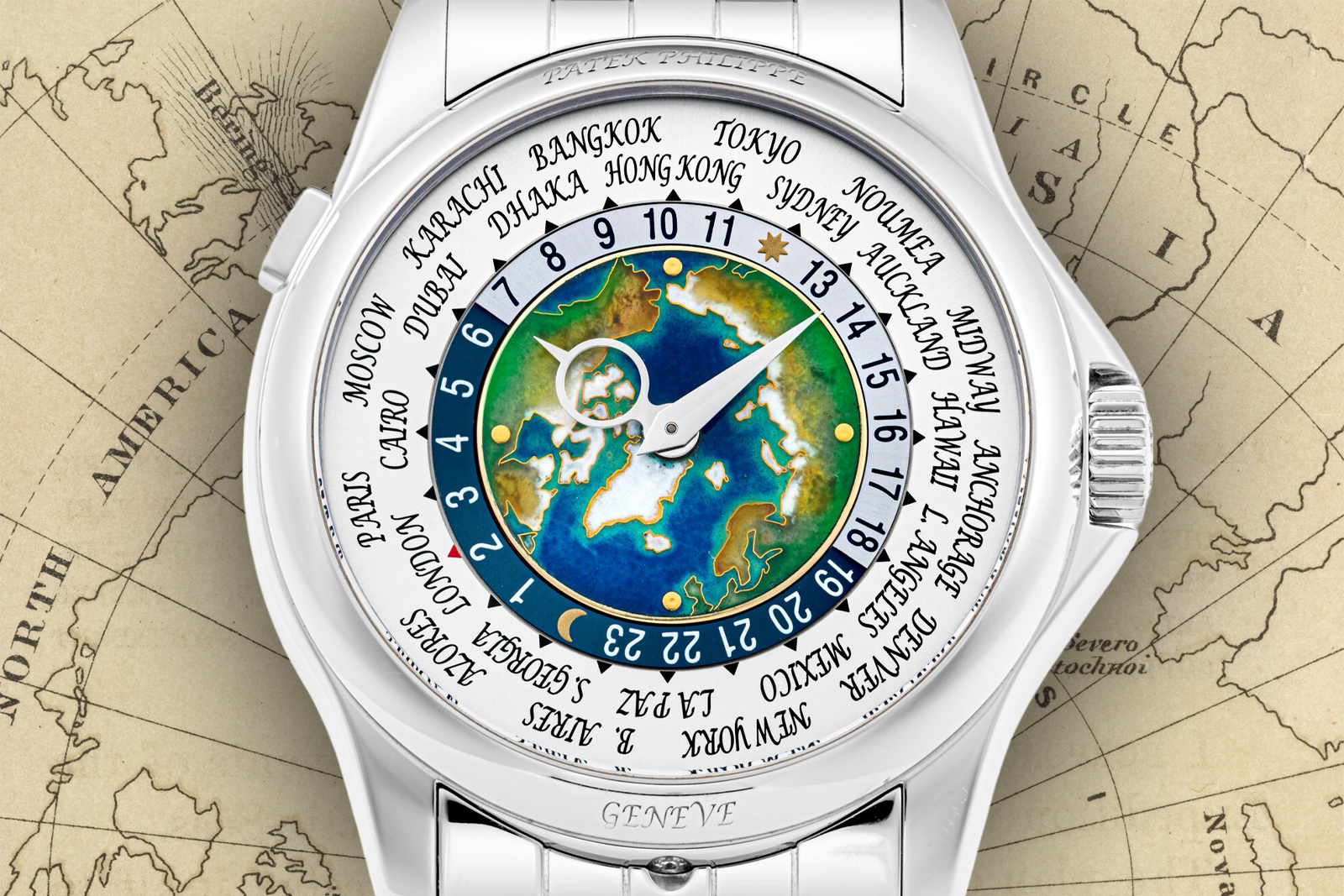
Each cloisonné enamel dial is unique, as hand made things tend to be. The yellow gold iteration, launched in 2008, depicts the world centred on the Atlantic Ocean, depicting the Americas, Europe and Africa. The white gold model pans east, revealing east Asia but losing the Americas, while the rose gold model focuses on the Pacific Ocean.
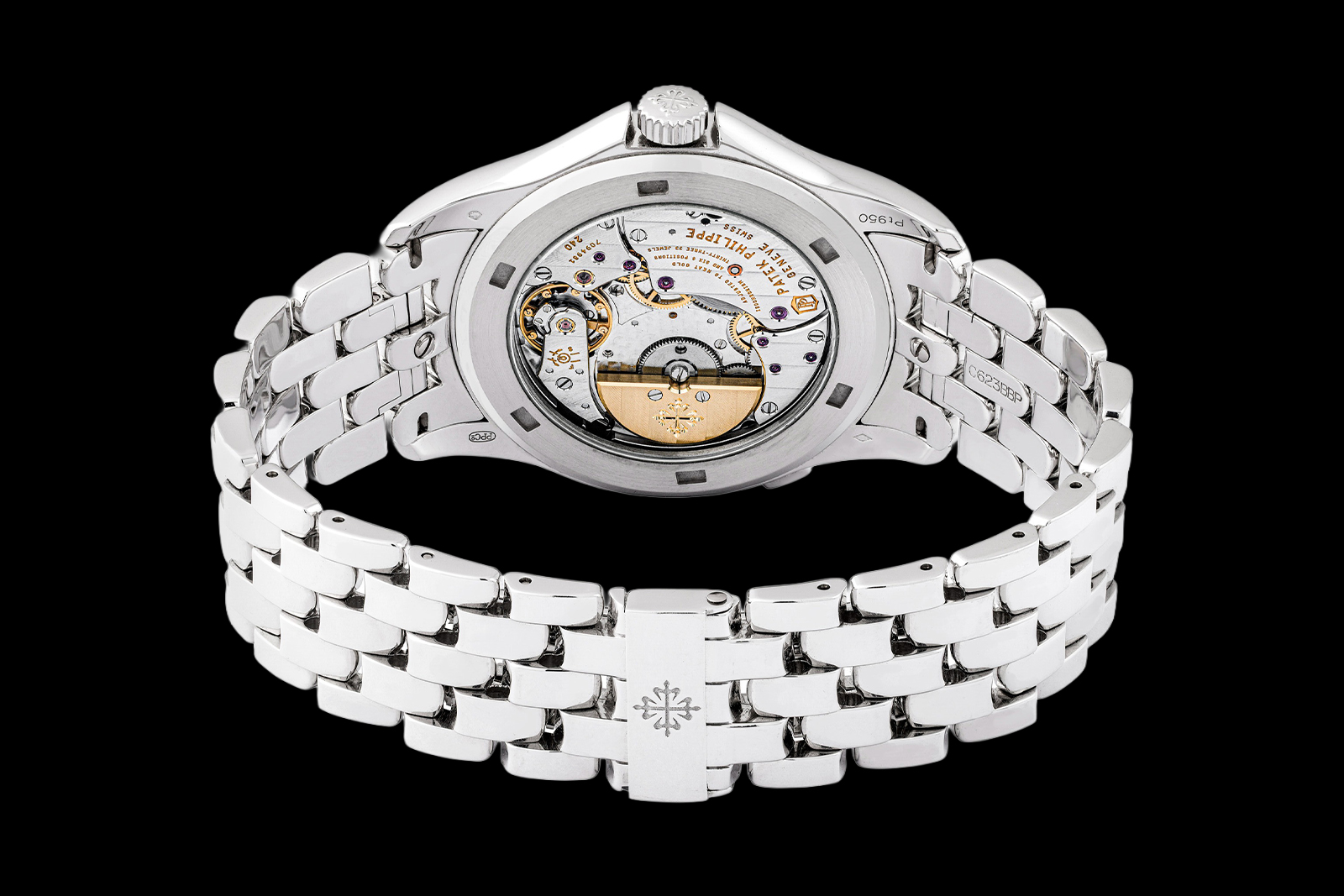
Finally the platinum model centres on the North Pole. The limited production of cloisonné enamel dials meant the ref. 5131 had a wait list even during the days when you could still negotiate a discount on a new Rolex.
That is reflected in the rather high estimate of HK$900,000-1.8 million (US$100,000 – 200,000)
Lot 2359 — Audemars Piguet Jules Audemars ref. 25885BC Grande Sonnerie Répétition Minutes Carillon
At Baselworld 1994, Audemars Piguet launched the first-ever purpose-built grande sonnerie wristwatch. While grande sonnerie movements small enough to fit inside a 39 mm case have existed since the late 1800s (for use in ladies’ pocket watches) Audemars Piguet was the first brand to commercialise a blank sheet design for a modern wristwatch.
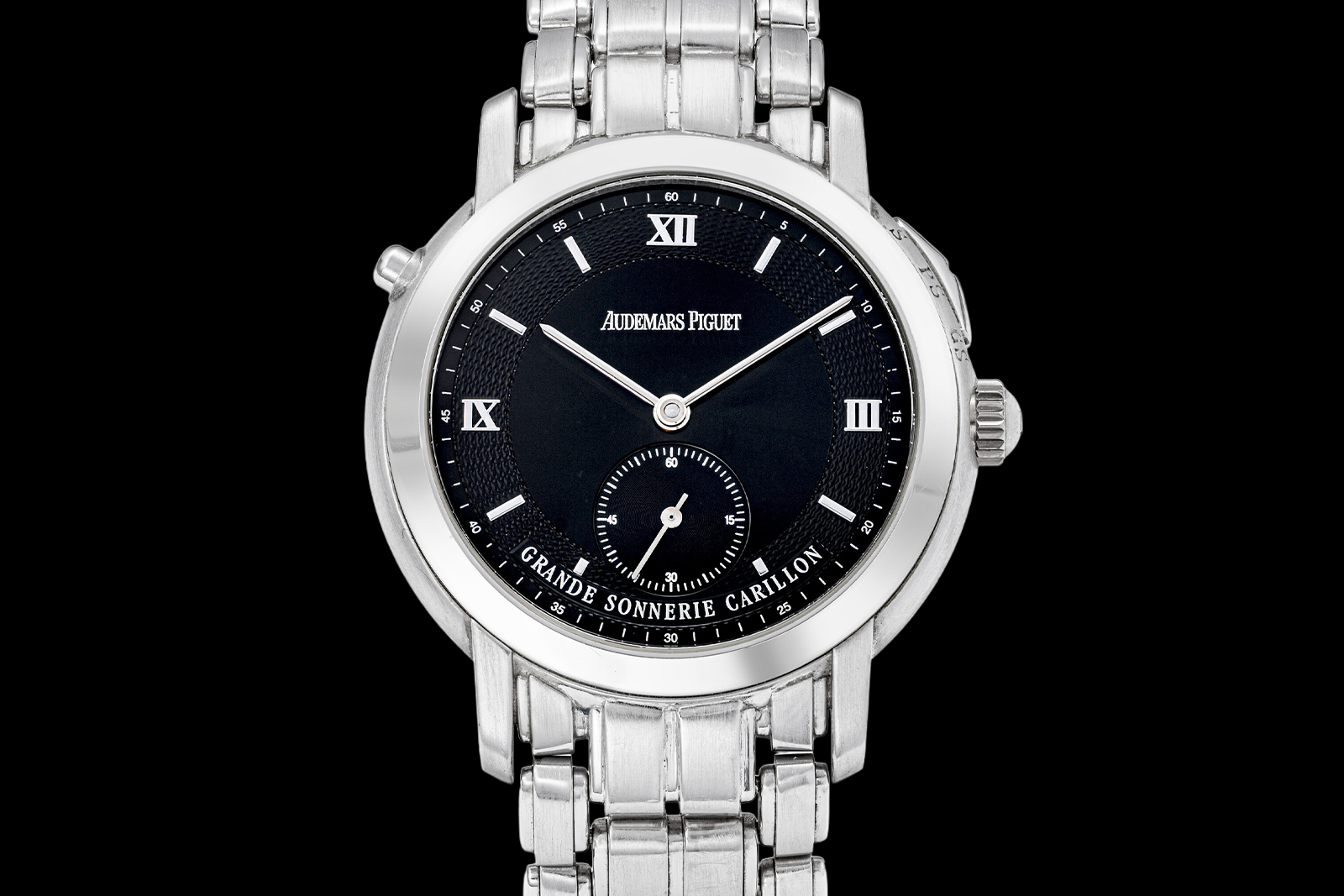
While impressive, the first generation suffered from two limitations: the grande sonnerie had a mere 10-hour power reserve, and it could only chime the time at the quarters. With the next generation, to which this watch belongs, Audemars Piguet managed to add a minute repeater and a third hammer and gong, while simultaneously extending the power reserve to 22 hours in grande sonnerie mode.
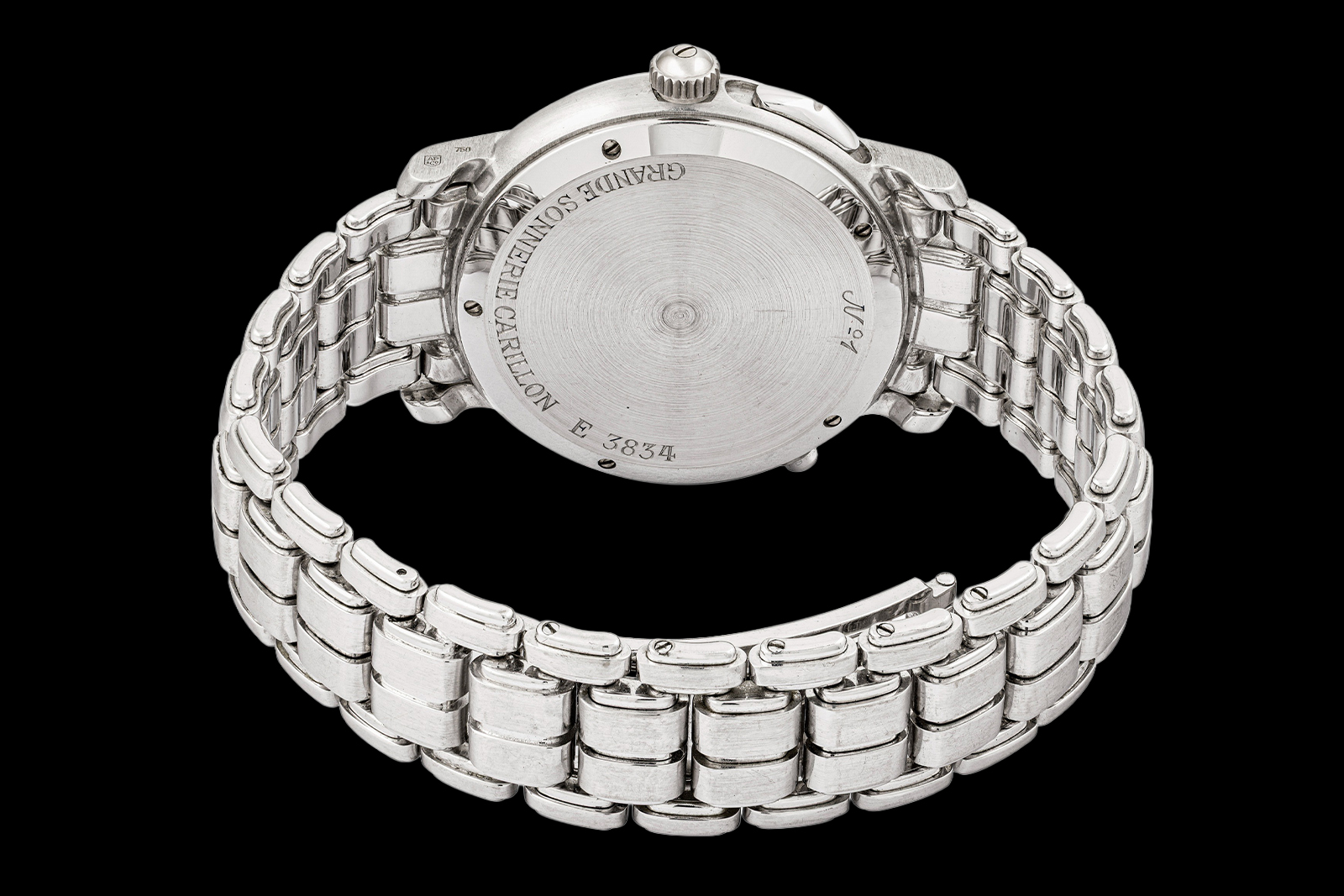
And this particular example is better still, as it comes on a rarely seen bracelet reserved for the Grande Sonnerie and Grande Complication. It was likely a one-off for an important client, as it is numbered “1” on the solid case back. It also comes with a resonance box, which is arguably more useful and less gimmicky paired with a self-striking watch than it is with a minute repeater.
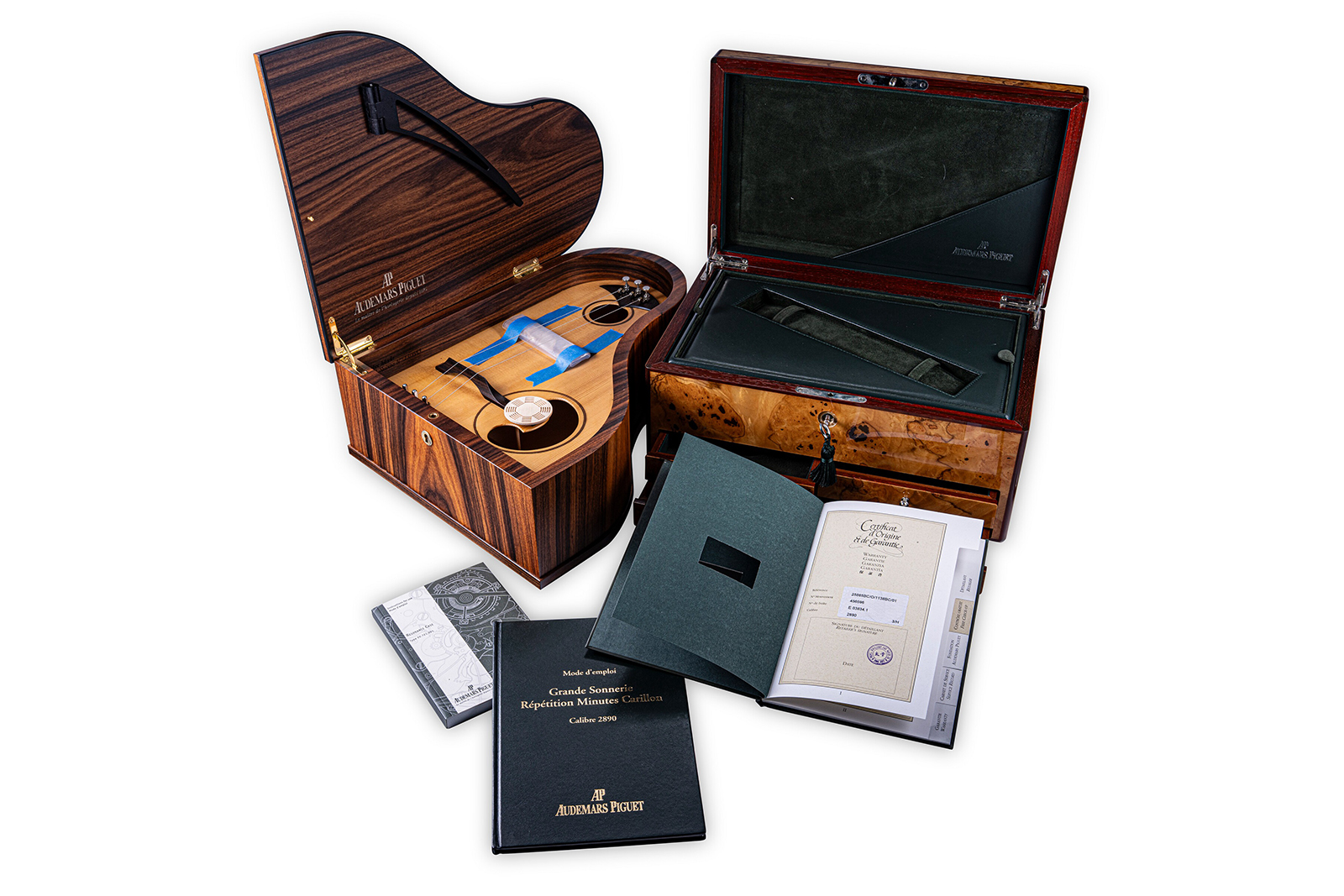
The estimate is HK$600,000 – 1.2 million (US$80,000-160,000).
Lot 2423 – Rolex Daytona ref. 6239 “Paul Newman” Yellow Gold
Last is a complicated watch isn’t currently on a bracelet, but probably will be soon. As the lot essay points out, the yellow gold ref. 6239 “was always presented on a strap rather than a gold bracelet” – though Rolex also sold gold bracelets with the 6239-specific type 71 end links.
However, bracelets with the more common type 57 end links fit too, and as a result most gold ref. 6239s have found their way onto bracelets. And there isn’t any reason not to do so, since it doesn’t affect the originality of the watch.
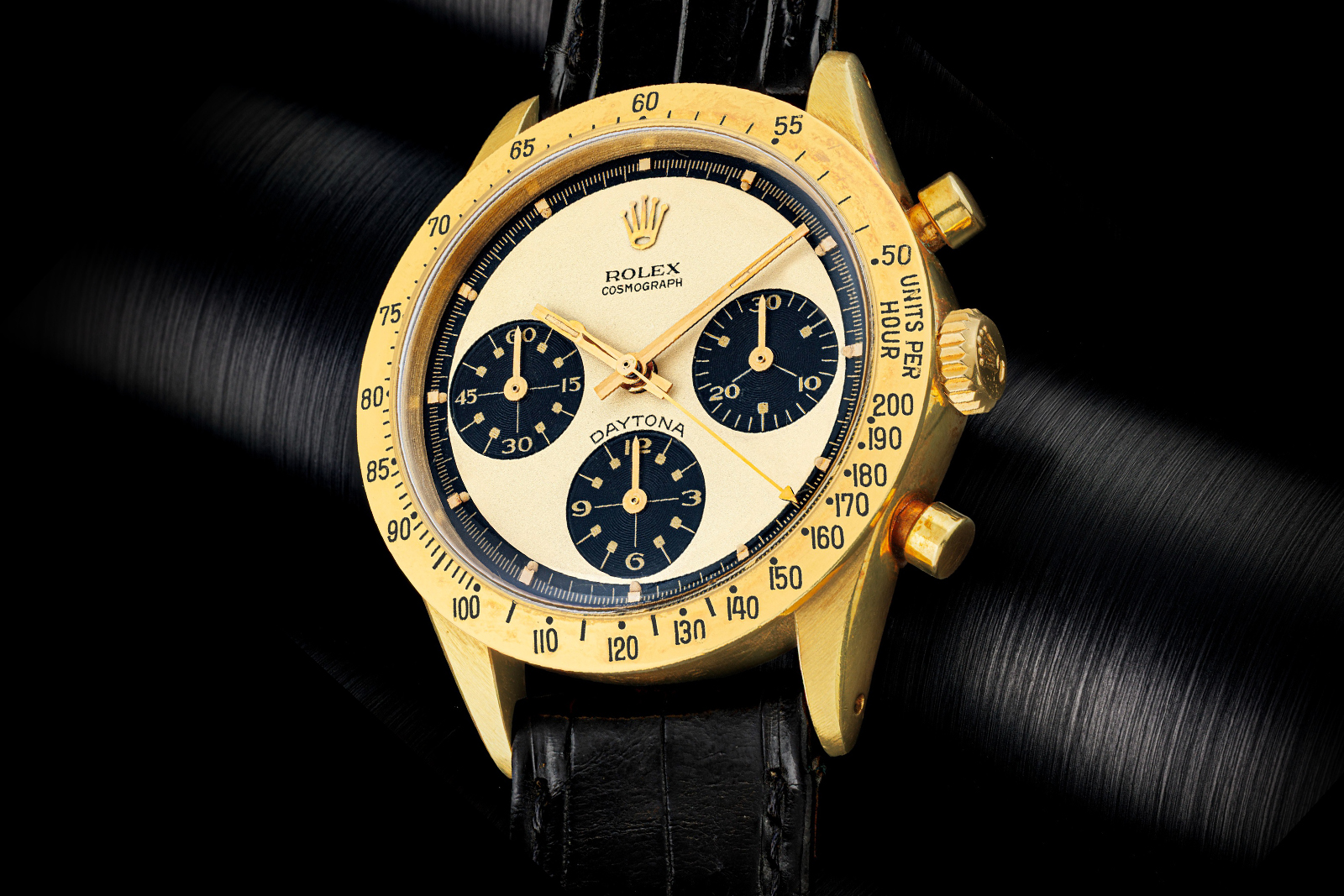
The exotic “Paul Newman” dial needs no introduction; these slivers of printed brass have become cult favourites among Rolex collectors. And while many Paul Newman Daytonas have passed through auction houses numerous times, this example is fresh to the auction block. Exotic dial Daytonas are not all that rare, but this configuration certainly is. Gold only accounts for some 2% of the ref. 6239 production, and not all of them featured exotic dials.
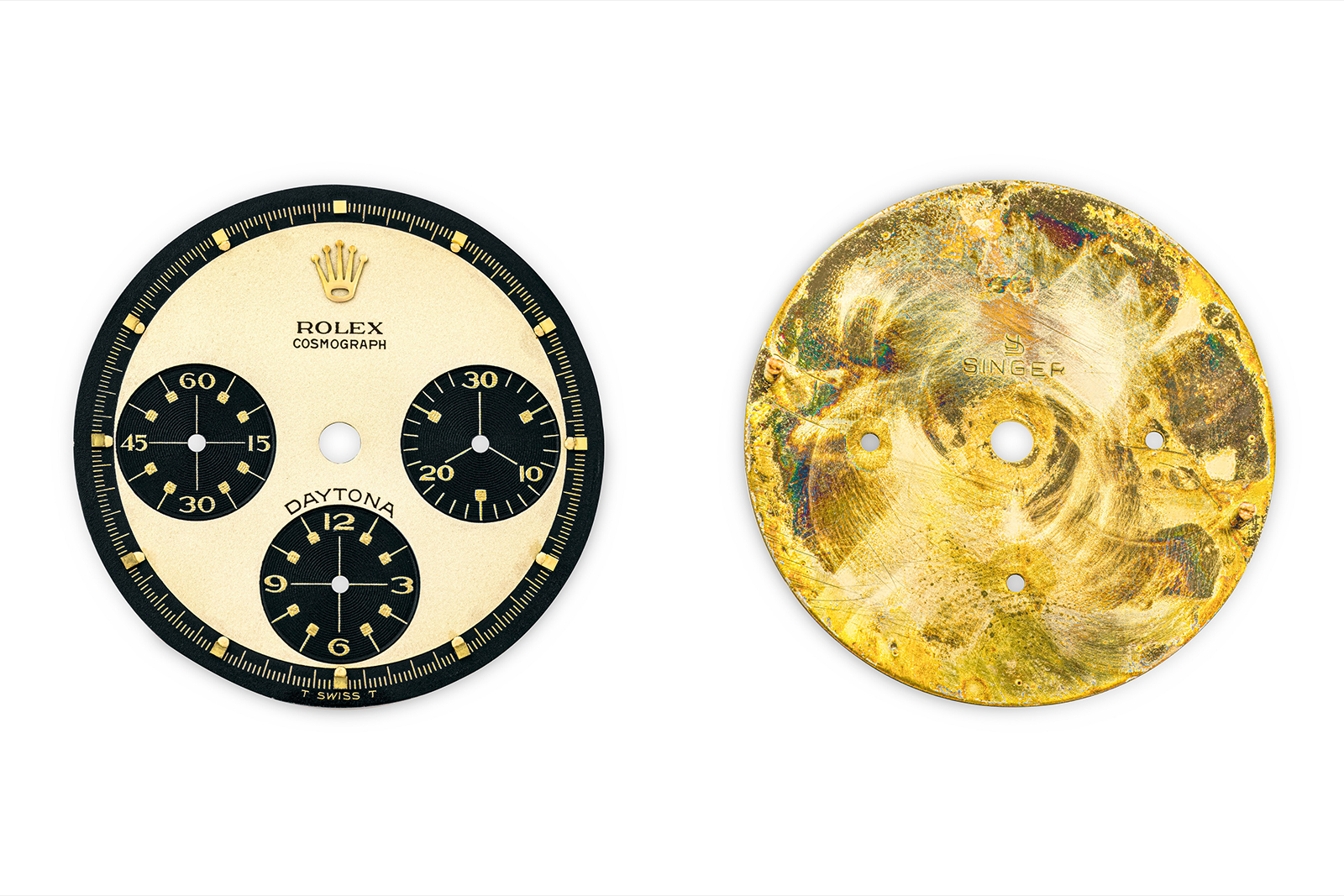
Unsurprisingly, this Paul Newman Daytona carries a strong estimate of HK$4.0-8.0 million (US$500,000-1 million)
Preview and auction
The sale and preview exhibition will take place at The Henderson on Murray Road in Hong Kong.
Preview
Auction
(All times are local to Hong Kong, GMT+8.)
The Henderson
6th Floor
2 Murray Road, Central, Hong Kong
For the full catalogue, visit Christies.com.
This was brought to you in partnership with Christie’s.
Back to top.


